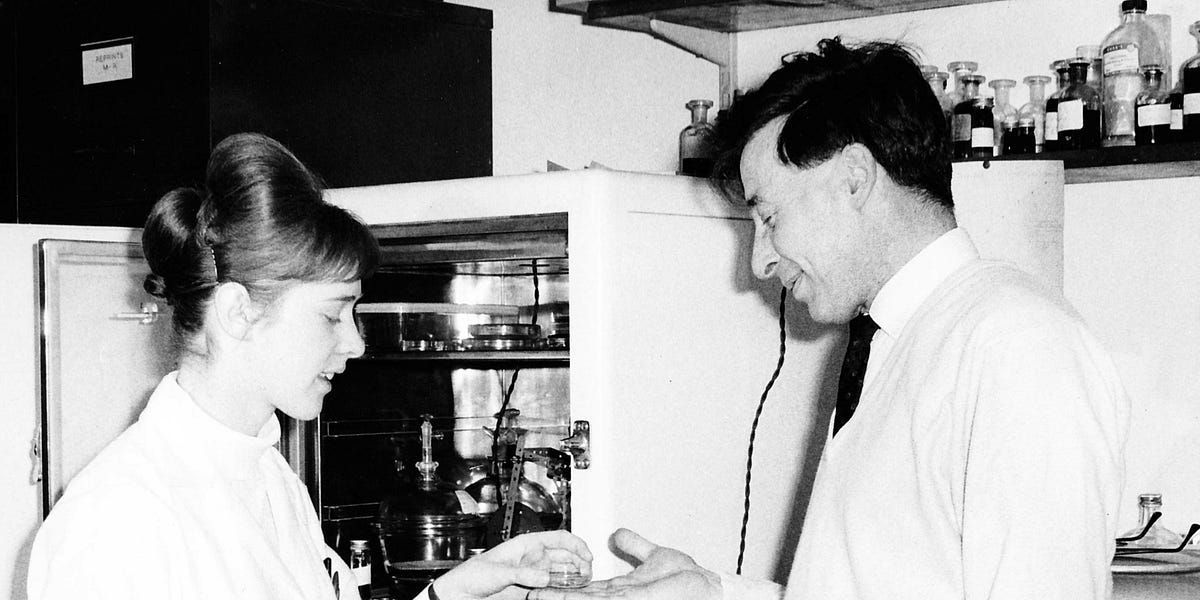Understanding Thin Uterine Lining: Causes and Treatment Options
A healthy uterine lining plays a crucial role in achieving a successful pregnancy. However, for some individuals facing infertility, a thin uterine lining can be a significant obstacle. At Caperton Fertility Institute, we understand the frustration that comes with this challenge and are committed to providing advanced treatment options. In this post, I’ll explore the causes of thin endometrium, its impact on fertility, and the best available treatments to help you on your journey to parenthood.

What Is a Thin Uterine Lining?
The endometrium, or uterine lining, is the tissue that lines the inside of the uterus. Each menstrual cycle, it thickens in response to hormonal signals, preparing for potential embryo implantation. If pregnancy does not occur, the lining sheds during menstruation.
A healthy uterine lining typically measures 7–10 millimeters (mm) or more during the luteal phase of the cycle (the phase following ovulation). A lining below 7 mm is often considered thin, which may lower the chances of implantation and pregnancy success, even in treatments like in vitro fertilization (IVF). Addressing the root causes is key to improving outcomes.
For more details on the impact of thin endometrium, refer to the study: Endometrial Thickness: How Thin Is Too Thin?
What Causes a Thin Uterine Lining?
- Hormonal Imbalances: Estrogen is essential for thickening the uterine lining. Low estrogen levels, as seen in polycystic ovary syndrome (PCOS), hypothalamic amenorrhea, or thyroid disorders, can prevent proper growth. ( Management of Thin Endometrium in Assisted Reproduction )
- Uterine Scarring (Asherman’s Syndrome): Scar tissue from prior D&C procedures, uterine surgeries, or severe infections can damage the endometrium, leading to inadequate regeneration. ( Cell-Based Therapy in Thin Endometrium and Asherman Syndrome )
- Poor Uterine Blood Flow: Reduced blood flow due to fibroids, uterine abnormalities, or lifestyle factors like smoking can impair endometrial development.
- Chronic Inflammation or Infection: Conditions like chronic endometritis or undiagnosed infections can compromise the quality of the uterine lining.
- Structural Issues: Congenital abnormalities(e.g., septate uterus) or fibroids can interfere with proper endometrial thickening.
For an in-depth analysis, see New Advances in the Treatment of Thin Endometrium.
How Is a Thin Uterine Lining Diagnosed?
- Transvaginal Ultrasound: Measures the thickness and structure of the endometrium.
- Saline Sonohysterography (SIS): Evaluates the uterine cavity for abnormalities or scarring.
- Hysteroscopy: Directly examines the uterine cavity for adhesions, scarring, or other abnormalities.
- Hormone Testing: Assesses estrogen and progesterone levels essential for endometrial health.
Hope and Support at Caperton Fertility Institute
A thin uterine lining may feel like a setback, but our team is dedicated to personalized solutions that optimize fertility outcomes. If you suspect this condition is affecting your journey to parenthood, we’re here to help.
📞 Contact us today to schedule a consultation and take the next step toward building your family.



